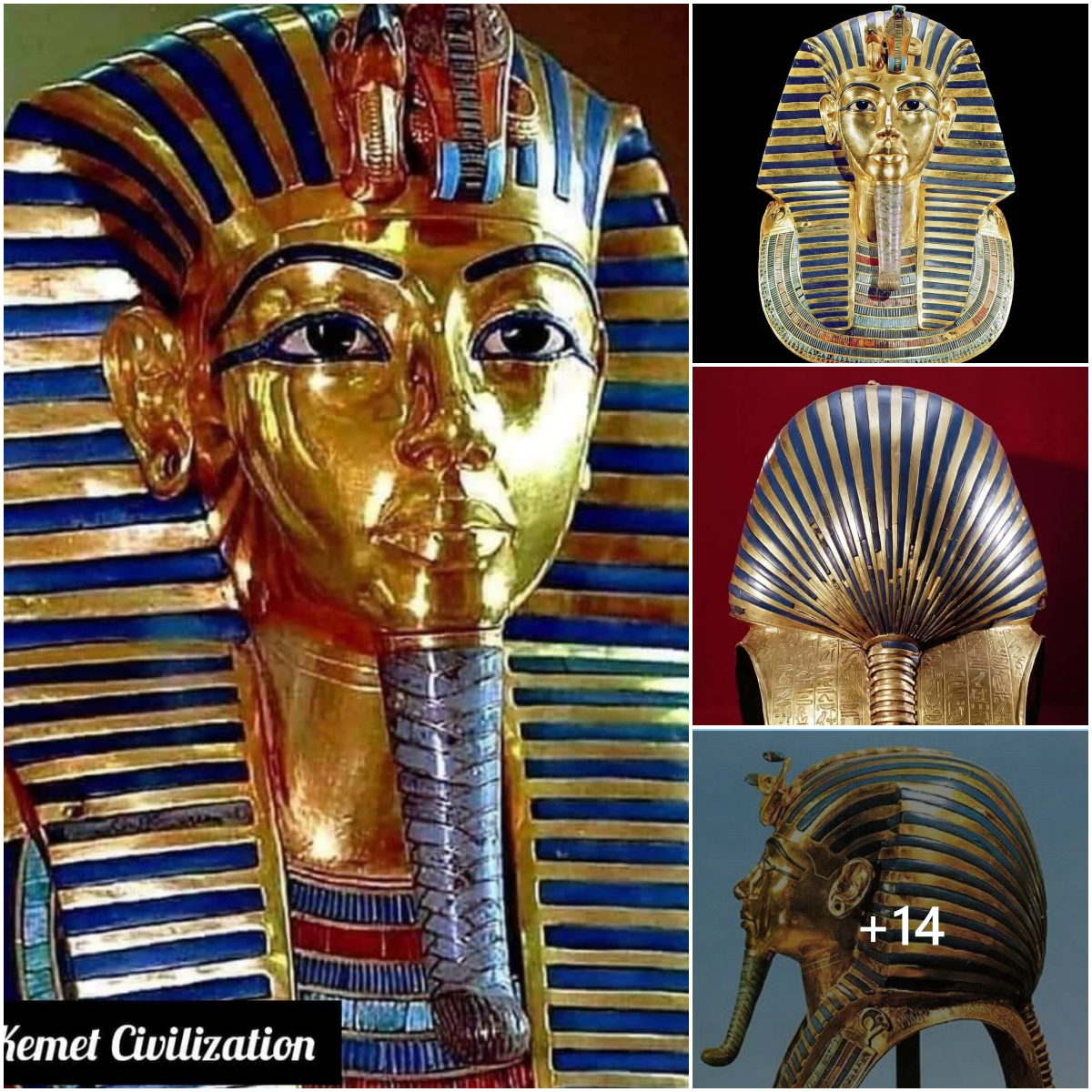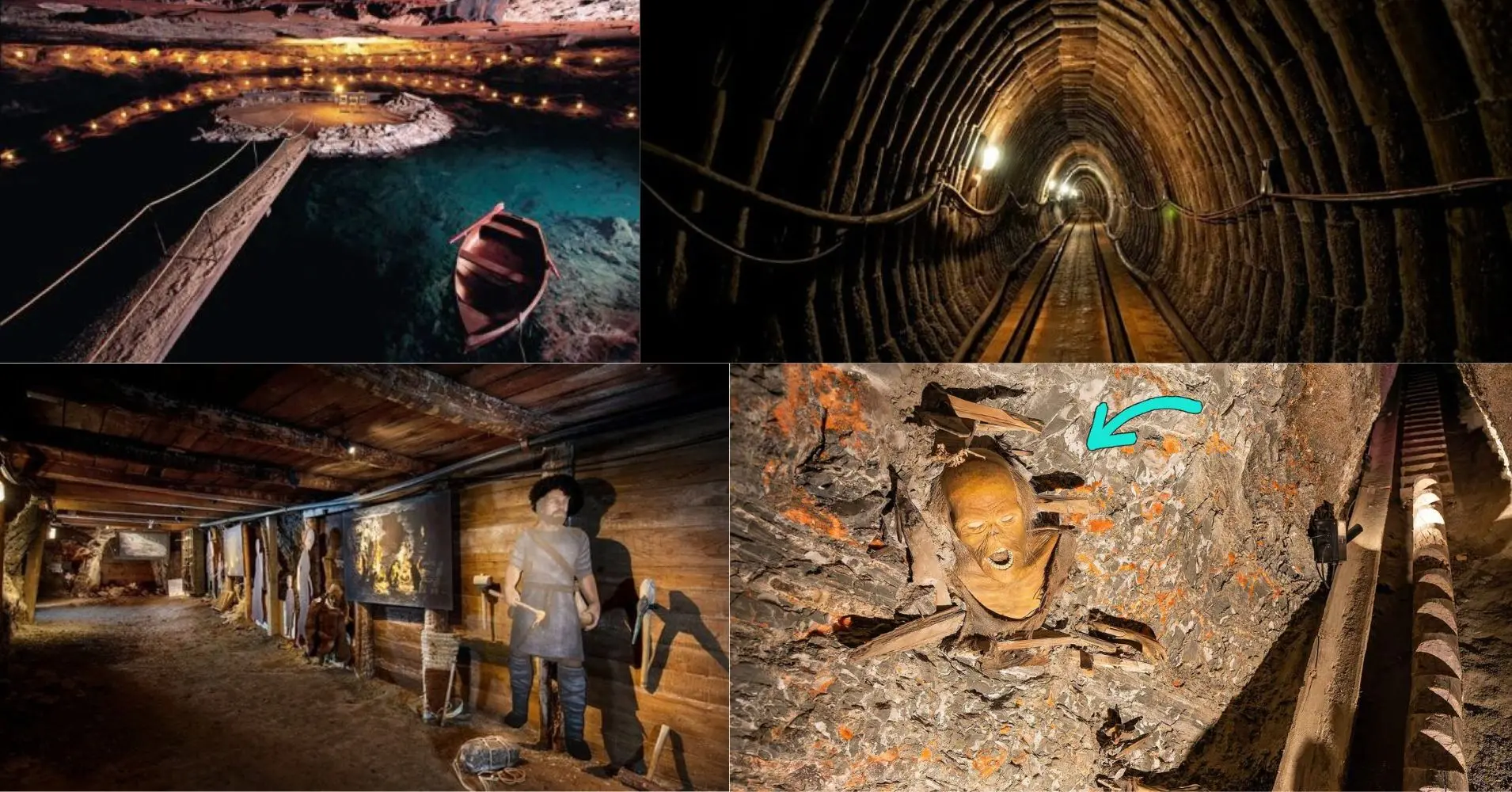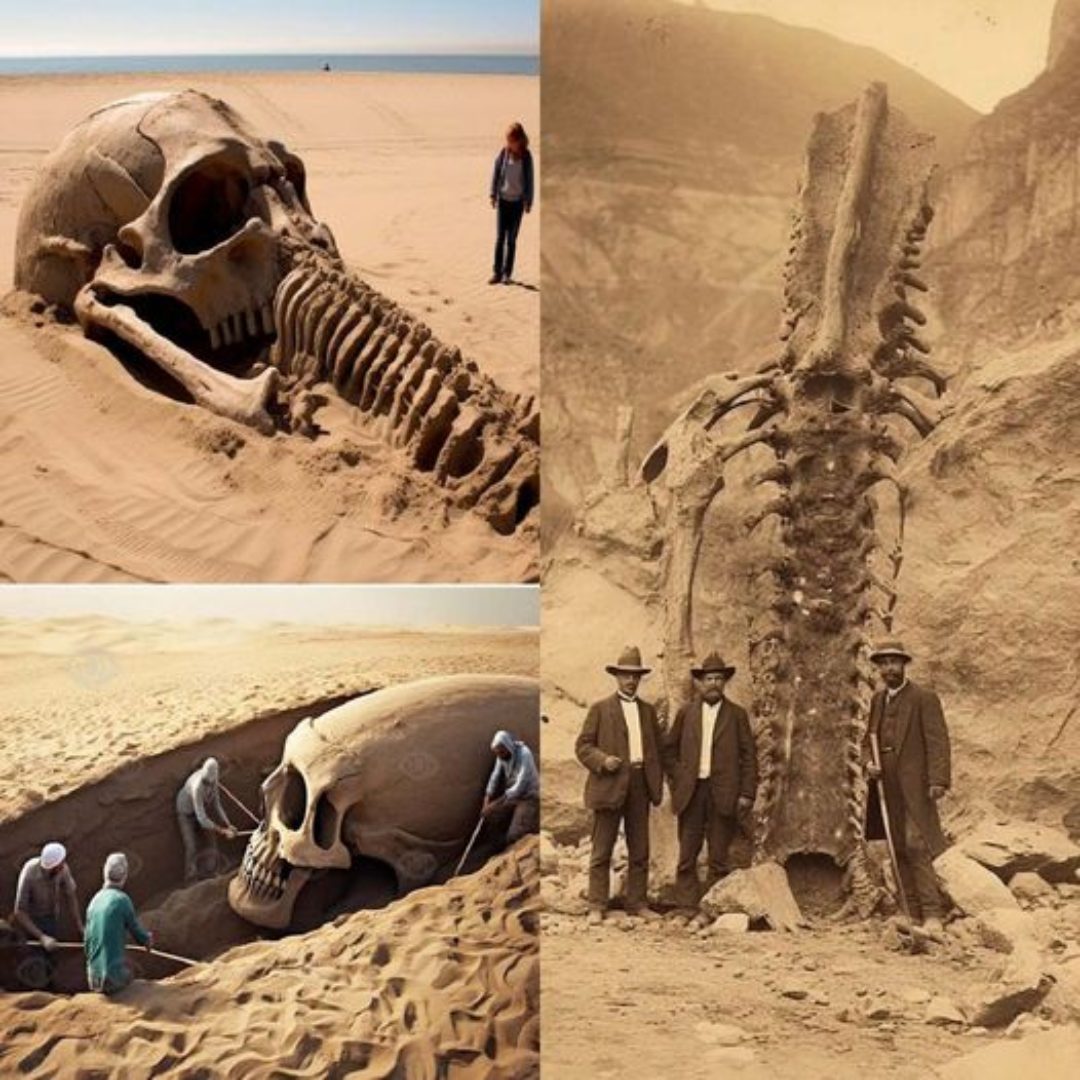
A team of Greek and Austrian archaeologists excavating in Southern Greece believe they have found the Temple of Samian Poseidon recorded by the ancient Greek writer Strabo.
The discovery of the sanctuary dedicated to the Greek sea god was made at the acropolis of the ancient city of Samikon, also known as Samicum.
The ancient geographer, philosopher, and historian cited the sanctuary, which dates to the Greek Archaic period of 700 to 480 B.C.E., in his encyclopedic volume Geographica—a work he completed in around 20 C.E. Strabo wrote that it was a critical center of religious and ethnic identity that anchored the “Amphictyonic League” or alliance of neighboring states within the Triphylia area in the Peloponnese.
“The people of Macistum used to have charge over it,” Strabo wrote, “and it was they, too, who used to proclaim the armistice-day called ‘Samian.’ But all the Triphylians contribute to the maintenance of the temple.”

Archaeologists have excavated the possible site of the temple of Samian Poseidon, written about by the ancient historian Strabo. ΥΠΠΟΑ Photo courtesy of the Hellenic Ministry of Culture and Sports (ΥΠΠΟΑ).
The archaeological initiative is a collaboration between the Ephorate of Antiquities of Elis, Greece, and the Athens branch of the Austrian Archaeological Institute (AAI).
Throughout 2017, 2018, and 2021, the AAI worked with the regional Greek antiquities body and the universities of Mainz and Kiel—both in Germany—to conduct preliminary geoarchaeological and geophysical surveys of the area, the AAI explained in a Facebook post announcing its latest discovery.
Last week, however, boots on the ground at Samikon discovered the foundation of a building that was nearly 31 feet wide, with “carefully set walls” that were more than two feet thick. “Based on the anomalies of the geophysics, a building of at least [92 feet] in length can be calculated,” the post adds. “The elongated large building can be nothing other than an archaic temple located on the site of the sanctuary of Poseidon, perhaps even dedicated to the god himself.”
Fragments of a laconic roof and a marble perirrhanterion (water basin used for rituals) confirm the building dates to the Archaic period. The team also discovered other architectural features typically found in ancient temples, including a pronaos (vestibule) and two inner rooms—one of which is a cella, filled with “a dense layer of tiles.”

Archaeologists have excavated the possible site of the temple of Samian Poseidon, written about by the ancient historian Strabo. ΥΠΠΟΑ Photo courtesy of the Hellenic Ministry of Culture and Sports (ΥΠΠΟΑ).
The temple’s discovery alchemizes myth into history. In its Facebook post, the AAI noted that the discovery allows for “new perspectives on the political and economic importance of the amphictyony of the Triphylian cities in the sixth century B.C.E.”
The collaboration between the Austrian and Greek archaeologists is slated to carry on through 2026. During this time, the team will continue to study Samikon’s topography and attempt to locate the harbor at Samikon.





